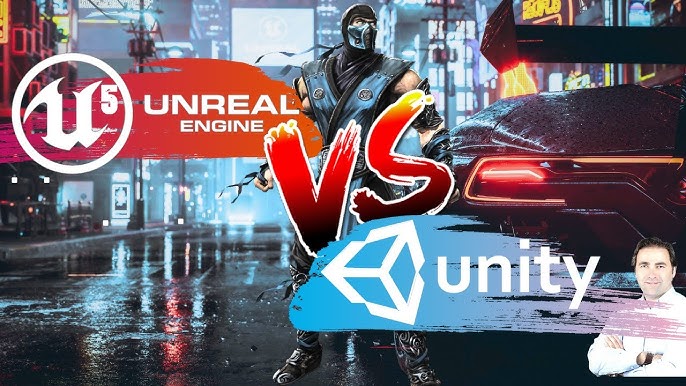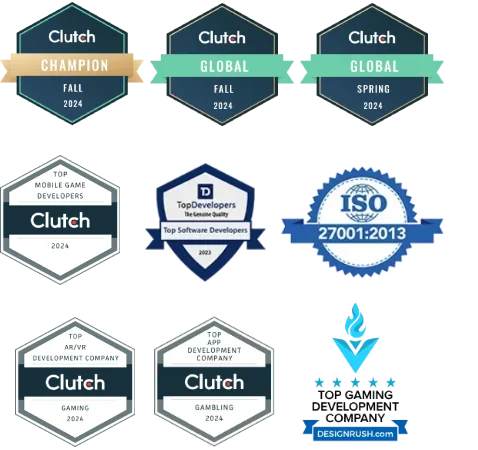Choosing the right game engine is like choosing the heart of your studio. Everything — from how fast you prototype, to how smooth your final product feels — depends on it. At BUT Company, we’ve explored both Unity and Unreal Engine, and after dozens of prototypes and commercial projects, we’ve made our choice.
Here’s a behind-the-scenes breakdown of both engines — their strengths, their challenges, and why we choose Unityfor most of our mobile games.
1. Unity: Our Go-To for Mobile Development
Unity is our default engine for one core reason: efficiency. It’s tailor-made for mobile platforms — whether 2D, 3D, or hybrid.
Why we love Unity:
- 🔄 Fast Prototyping – We can go from concept to playable build in hours.
- 📱 Mobile-First Tools – Excellent Android/iOS support, lightweight builds, and native integration.
- 💡 Massive Asset Store – We don’t reinvent the wheel. We accelerate with ready-to-use tools.
- 🌍 Cross-platform Deployment – From Android to iOS to WebGL — one codebase.
- 🧑💻 Large Talent Pool – Easy to scale our team with skilled Unity developers.
For 2D arcade games, casual 3D titles, and anything with monetization logic (ads, IAPs), Unity just makes sense.
2. Unreal Engine: Powerful, But Overkill for Mobile
Unreal Engine is a beast — and that’s both its strength and weakness. It shines in high-fidelity 3D, console-grade experiences, and cinematic realism. But for mobile games? It can be like driving a tank to deliver pizza.
What we like about Unreal:
- 🎮 Top-tier Graphics – Nanite, Lumen, PBR — unmatched rendering.
- 🧠 Blueprint Visual Scripting – Non-programmers can build logic visually.
- 🔧 Out-of-the-box Systems – UI, VFX, multiplayer all feel more “batteries-included.”
But the downsides:
- ❗ Heavy builds and higher device requirements
- ❗ Longer compile times and less agility
- ❗ Not as optimized for low-end or mid-range mobile devices
We occasionally use Unreal for prototypes targeting high-end devices or cinematic experiments — but it’s not our main tool.
3. What We Actually Use and When
At BUT Company, we match the engine to the project type:
| Project Type | Engine Chosen | Why |
|---|---|---|
| 2D Casual Game | Unity | Speed + lightweight builds |
| 3D Hypercasual Game | Unity | Easy shaders + mobile polish |
| Visual 3D Story Game | Unity/Unreal | Depends on art style complexity |
| High-End Action Game (rare) | Unreal | If realism and fidelity are key |
🎯 Final Verdict
Unity is our primary engine — flexible, fast, mobile-ready, and perfect for our workflow. While Unreal Engine is impressive, it’s a better fit for PC/console-level projects. For mobile games that need to look good, perform well, and reach millions — Unity gives us the right balance of power and productivity.
At the end of the day, the engine is just a tool. It’s the people behind it who bring the game to life.



No responses yet